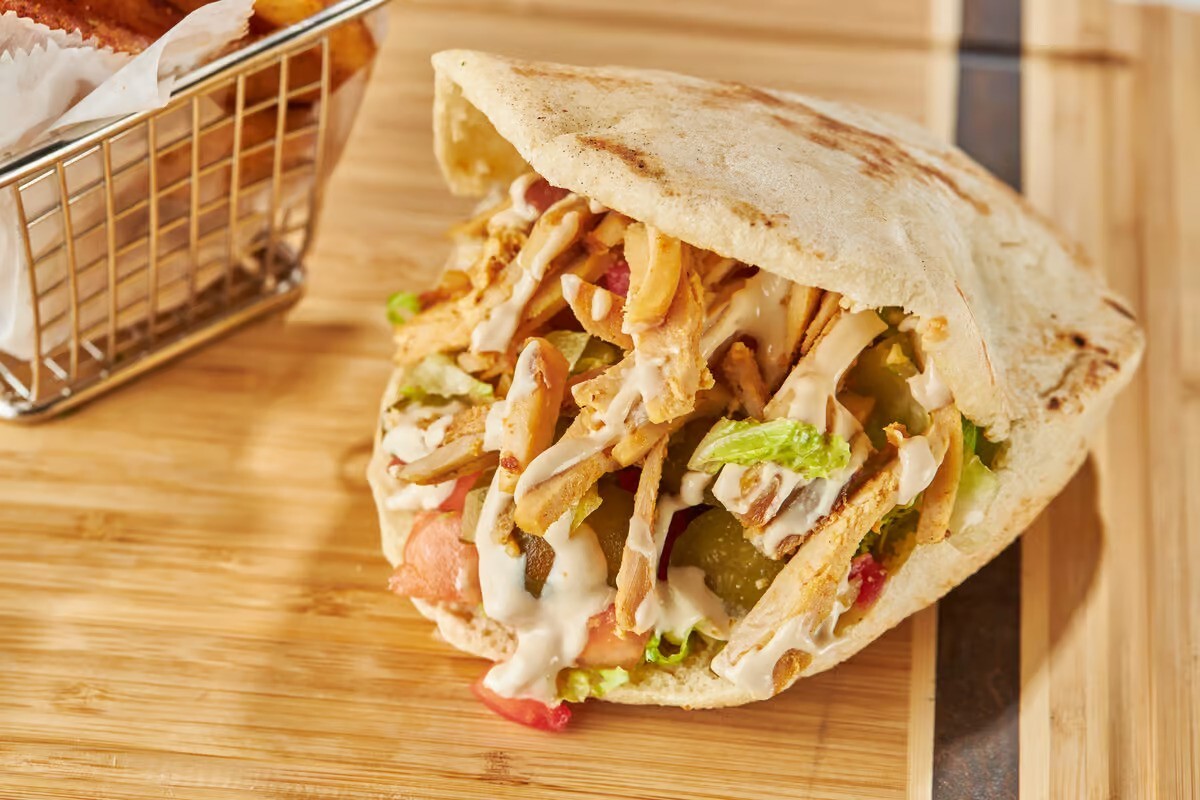Discovering the Delightful World of Conveyor Belt Sushi
Have you ever heard of conveyor belt sushi? If not, you’re in for a treat! Conveyor belt sushi, also known as kaiten-zushi in Japan, is a unique and innovative way of serving sushi that has gained popularity all over the world. In this article, we’ll explore what conveyor belt sushi is all about and why it has become a beloved dining experience for many sushi enthusiasts.
How Does Conveyor Belt Sushi Work?
Conveyor belt sushi restaurants feature a circular conveyor belt that winds its way around the dining area, showcasing a variety of sushi dishes and small plates. Customers can simply sit at the counter or a table and select their desired dishes as they pass by on the conveyor belt. Each plate is color-coded to indicate its price, making it easy for diners to keep track of their orders. At the end of the meal, the staff will tally up the number of plates to determine the total bill.
The Advantages of Conveyor Belt Sushi
Conveyor belt sushi offers several advantages that make it a popular choice for diners:
- Convenience: Customers can simply grab the dishes they want as they pass by, eliminating the need to wait for their orders to be prepared.
- Variety: The rotating conveyor belt allows diners to sample a wide range of sushi options, from traditional nigiri and maki rolls to innovative creations.
- Affordability: With the color-coded pricing system, diners can easily budget their meal and enjoy a satisfying sushi experience without breaking the bank.
- Interactive Dining: The interactive nature of conveyor belt sushi adds an element of fun and excitement to the dining experience, especially for first-time visitors.
The Quality of Conveyor Belt Sushi
One common misconception about conveyor belt sushi is that the quality of the dishes may be compromised due to the fast-paced nature of the service. However, many conveyor belt sushi restaurants take great pride in maintaining high standards of freshness and taste. To ensure that customers enjoy top-notch sushi, the chefs continuously prepare and replenish the dishes throughout the day. Additionally, some conveyor belt sushi establishments incorporate advanced technology, such as refrigerated conveyor belts and automated ordering systems, to uphold the quality of their offerings.
Experiencing Conveyor Belt Sushi Around the World
While conveyor belt sushi originated in Japan, it has expanded to various countries, delighting sushi lovers with its unique concept. In addition to traditional sushi options, some conveyor belt sushi restaurants also feature fusion dishes that cater to local tastes and preferences. Whether you’re in Tokyo, New York, or Sydney, you’re likely to find a conveyor belt sushi restaurant that offers a memorable and enjoyable dining experience.
Conclusion
Conveyor belt sushi is a captivating and convenient way to enjoy delicious sushi in a lively and interactive setting. Whether you’re a sushi aficionado or someone looking to try sushi for the first time, visiting a conveyor belt sushi restaurant can be a delightful and memorable experience. With its diverse selection of dishes, affordable pricing, and engaging atmosphere, conveyor belt sushi continues to captivate diners around the globe.
Next time you’re craving sushi, consider embarking on a culinary adventure at a conveyor belt sushi restaurant – you’ll be in for a delightful and delectable experience!
Was this page helpful?
Read Next: What Is Aji Mirin Vs. Mirin?











